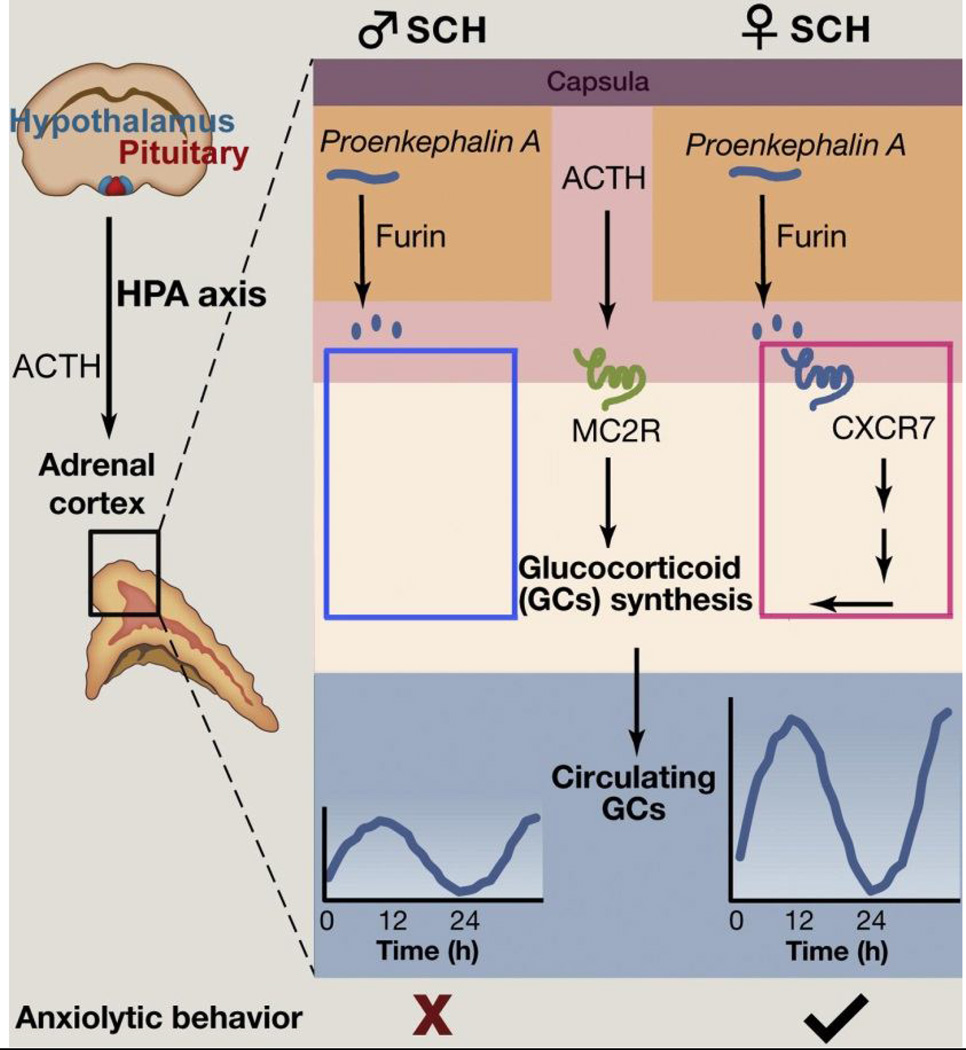Figure 5. CXCR7 pathway underlies the sex differences in glucocorticoid amplitudes and anxiolytic behavior in subcapsular hyperplasic (SCH).
SCH cells express proenkephalin A, which can be converted to active opioid peptides by the processing enzyme furin. Once in the portal plexus, opioid peptides activate the chemochine receptor CXCR7, which is expressed mainly in females, and promote glucocorticoid (GC) synthesis and anxiolytic behaviors. Adapted from [95] with permission.

